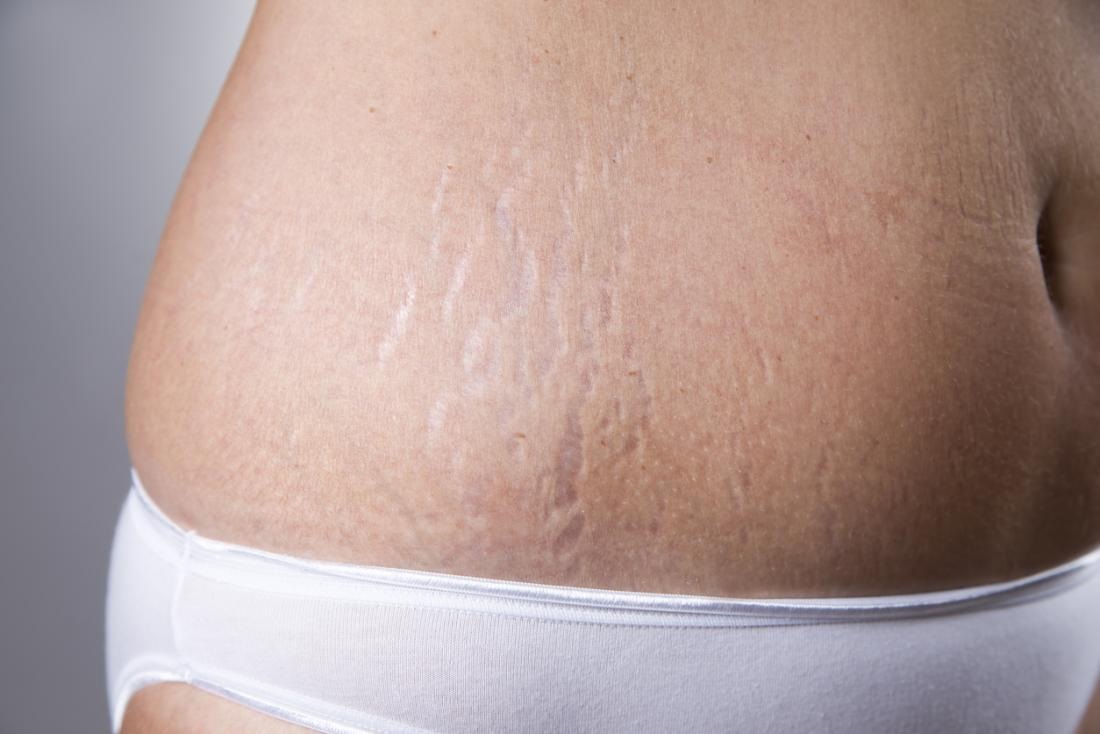Stretch marks refer to a scar type developed after the skin shrinks or stretches quickly. The unexpected change causes elastin and collagen – the aspects that support the skin to crack. As the skin restores to health, stretch marks may appear.
Stretch marks usually take time to fade away. However, some advanced treatments help make these ugly scars manifest more quickly. While everyone does not develop stretch marks on their skin, you can be a victim due to fluctuating hormone levels. If anyone in your family has stretch marks, you may also be prone to have these narrow bands on your skin.
Situations wherein you may develop stretch marks include pregnancy, rapid muscle growth, or sudden weight gain or loss. Applying corticosteroid creams or lotions on your skin for a long time can also lead to stretch marks. Furthermore, Marfan syndrome or Cushing’s disease can also result in stretch marks.
Stretch marks tend to appear in red, dark brown, pink, or reddish-brown, depending on the skin color. They may feel narrowly raised and can be scratchy and uncomfortable. The skin color fades and the stretch marks sink over time. You can feel a slight depression if you run your finger over an old stretch mark.
Dealing with Stretch Marks
Stretch marks can be permanent, though some remedies can help them make them less visible. Researchers have identified many remedies for stretch marks. These treatments can also help get rid of the itch. These include using creams, lotions, or even medical tattooing for stretch marks.
However, if you are expecting or breastfeeding, consult your physician before dealing with stretch marks because some products have ingredients that can harm the baby. It is also vital to remember that a single remedy cannot work for everyone.




